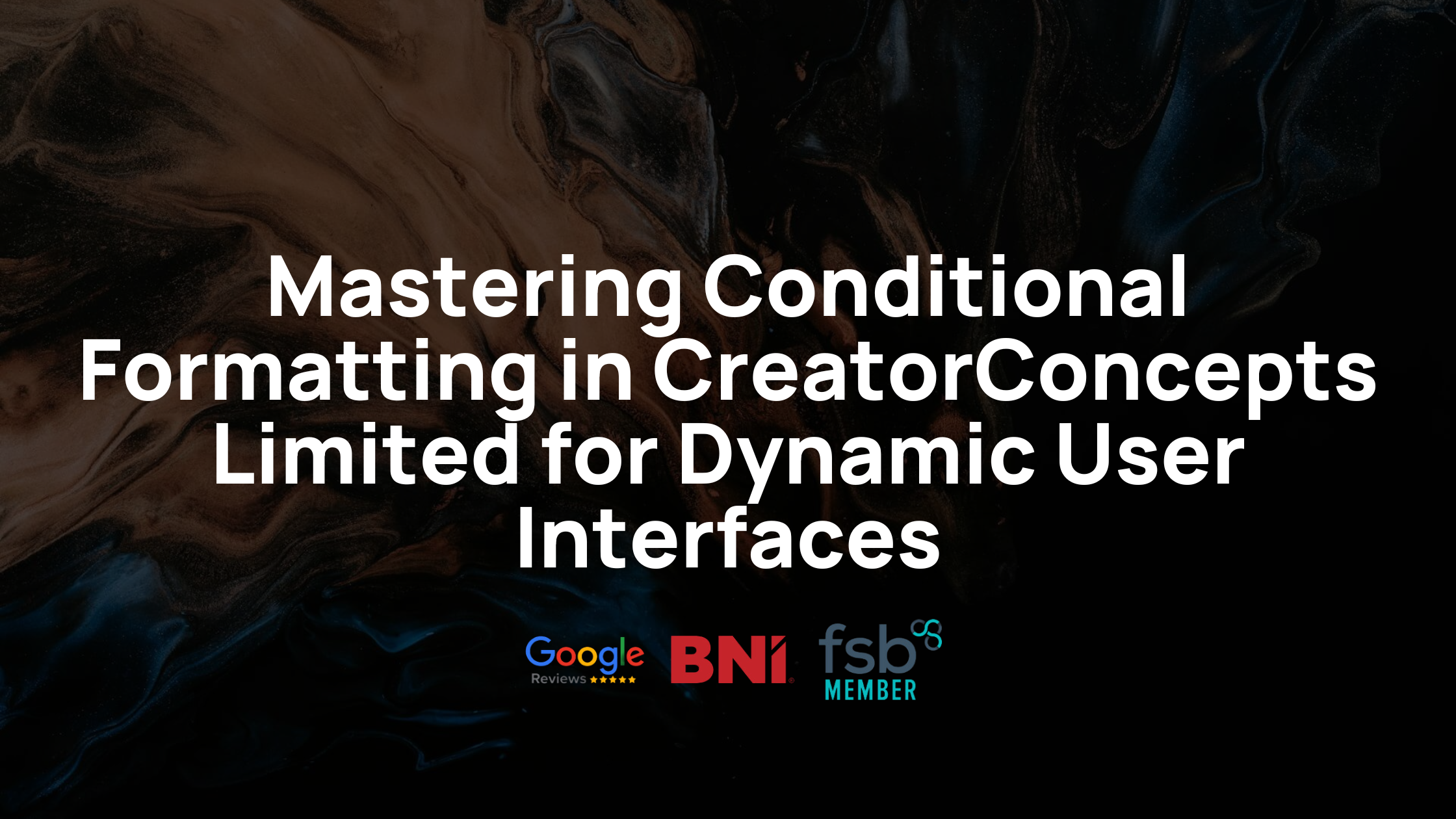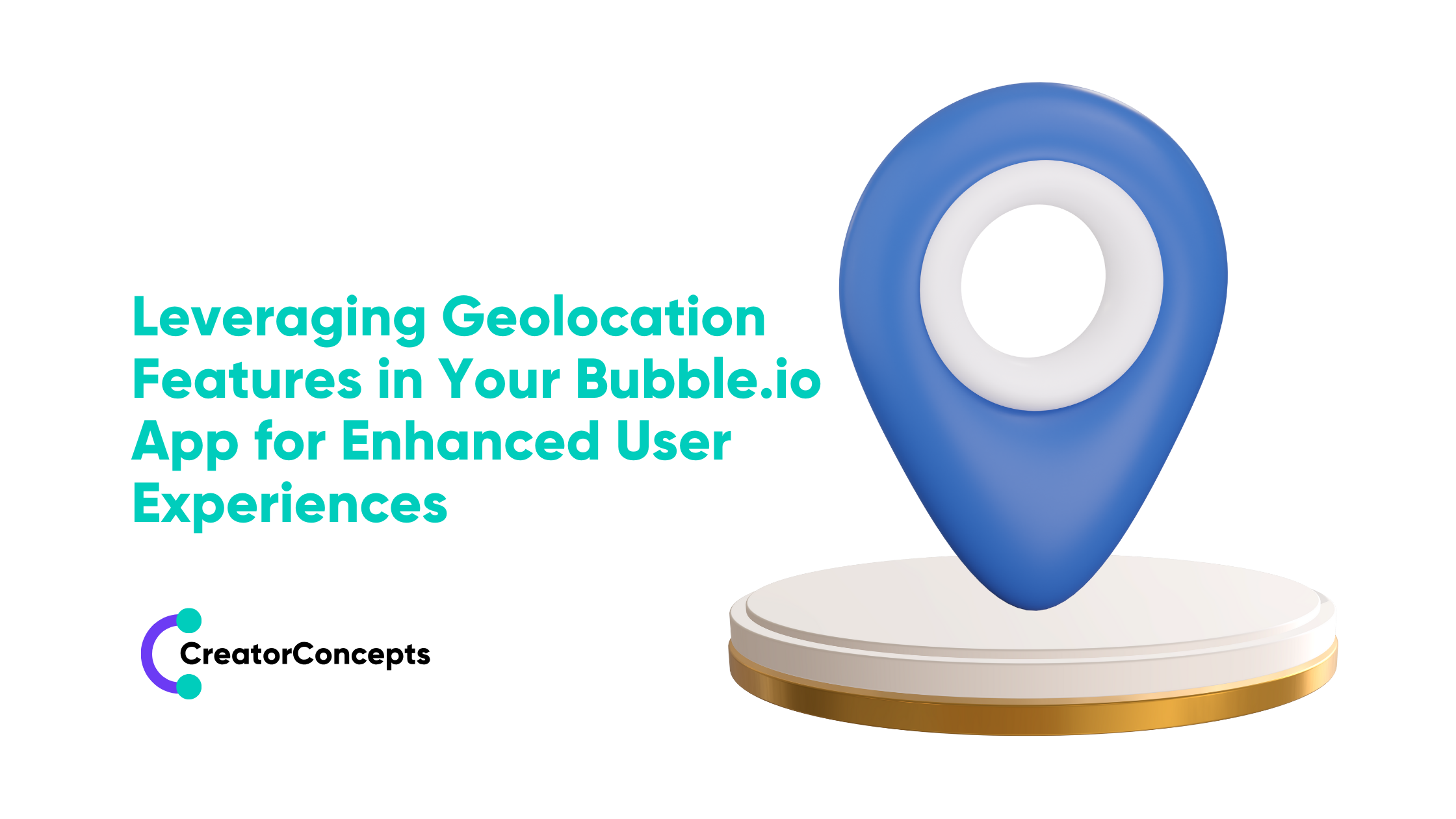The Benefits of Rapid Prototyping for Startup Founders
Rapid prototyping is a game-changer for startup founders. It allows you to quickly create and test new ideas without spending too much time or money. This method is especially useful for startups that need to move fast and adapt to changes.
By using rapid prototyping, you can build a basic version of your product to see if it works as planned. This helps you find and fix problems early on. It also lets you gather feedback from users, which is valuable for making improvements. The goal is to create a product that meets your users' needs and stands out from the competition.
One of the easiest ways to do rapid prototyping is by using no-code tools. These tools let you design and test your ideas without writing any code. This makes the process cheaper and faster, so you can focus on what really matters—building a product that your users will love. No-code platforms like Bubble are perfect for this, as they offer a range of features that make prototyping simple and effective.
What is Rapid Prototyping?
Rapid prototyping is a method of quickly creating a basic version of a product to test its functionality and design. This process allows you to build a prototype swiftly, often using simple or temporary materials, to explore an idea without investing much time or money. The main goal is to identify and fix problems early, ensuring the final product is well-designed and meets user needs.
In rapid prototyping, you focus on getting a working model of your product as soon as possible. This model doesn't have to be perfect; it just needs to demonstrate the concept effectively. By testing this early version, you gather valuable feedback that helps you improve the final product.
There are different types of rapid prototyping, such as 3D printing, wireframing, and no-code development. Each type has its own tools and techniques, but all aim to provide a quick and effective way to test and refine ideas. For startups, rapid prototyping is crucial for staying agile and meeting market demands.
Key Benefits of Rapid Prototyping for Startups
Rapid prototyping offers many benefits for startups. Here are some key advantages:
- Speed: Rapid prototyping allows you to bring your idea to life quickly. Instead of spending months developing a full product, you create a basic model in a few days or weeks. This speed helps you stay ahead of competitors.
- Cost-Effective: Building a full product can be expensive. Rapid prototyping reduces costs by allowing you to test ideas without committing a large budget. You save money by identifying issues early, avoiding costly mistakes later.
- User Feedback: Testing a prototype with real users provides valuable insights. You can see how people interact with your product and get suggestions for improvement. This feedback helps you make informed decisions and build a product that meets user needs.
- Flexibility: Rapid prototyping makes it easy to make changes and experiment with different ideas. If something doesn't work, you can quickly revise the design and test again. This flexibility is crucial for adapting to changing requirements.
- Risk Reduction: By testing a prototype, you minimise the risk of failure. You discover potential problems before investing heavily in the final product. This approach increases your chances of success.
Rapid prototyping is essential for startups looking to build effective products quickly and affordably. It helps you stay flexible, gather feedback, and reduce risks, ensuring your final product is both innovative and user-friendly.
How to Implement Rapid Prototyping with No-Code Tools
Implementing rapid prototyping using no-code tools is straightforward and efficient. Here's how you can do it:
- Choose the Right No-Code Platform: Start by selecting a no-code platform that suits your needs. Bubble is a great choice as it provides a user-friendly interface with drag-and-drop features. This makes designing easy, even if you have no technical background.
- Define Your Idea: Clearly outline what you want to create. Define the problem you are solving, your target audience, and the main features of your product. This helps you stay focused during the prototyping process.
- Create a Basic Design: Use the no-code platform to build a simple version of your product. This can include basic layouts, buttons, and other elements that represent your idea. The goal is to have a working model that demonstrates the core functionality.
- Incorporate Feedback Loops: Once you have a basic prototype, test it with potential users. Collect their feedback and observe how they interact with the product. Use this information to make improvements.
- Iterate and Refine: Based on the feedback, make necessary changes to your prototype. Repeat the testing and feedback loop until you are satisfied with the result. This iterative process helps you refine your product and ensure it meets user needs.
Using no-code tools for rapid prototyping simplifies the development process and allows you to focus on creating a valuable product. These tools make it easy to experiment with different ideas and improve your product efficiently.
Steps to Get Started with Rapid Prototyping
Starting with rapid prototyping is easy if you follow these steps:
- Identify the Problem: Clearly define the problem you aim to solve with your product. Understanding the problem helps you create a relevant prototype.
- Outline Your Idea: Create a simple plan for your prototype. List the basic features and functionalities you want to include.
- Select a No-Code Tool: Choose a no-code platform like Bubble that offers the best features for your project. Ensure it is easy to use and provides the necessary tools for building your prototype.
- Build the Prototype: Start by designing the basic layout and adding essential features. Keep it simple so you can quickly make changes based on feedback.
- Test with Users: Share your prototype with potential users and collect their feedback. Observe how they use the product and note any usability issues.
- Refine and Improve: Use the feedback to make improvements. Test the updated version until you're satisfied with the product's performance.
- Prepare for Launch: Once your prototype is polished, plan the next steps for full development and launch.
By following these steps, you can effectively use rapid prototyping to create a product that meets user needs and stands out in the market.
Conclusion
Rapid prototyping is a vital tool for startup founders, offering speed, cost savings, and valuable user feedback. By implementing this method with no-code tools, you can swiftly bring your ideas to life and adapt to changes efficiently. Whether you are developing a community management platform, a member engagement app, or a social network, rapid prototyping ensures you build a product that resonates with your audience.
If you are ready to turn your idea into reality, CreatorConcepts Limited is here to help. We specialise in rapid prototyping using Bubble's no-code platform, making the development process seamless and effective. Contact CreatorConcepts Limited today to start building your next great product!
 By
By


